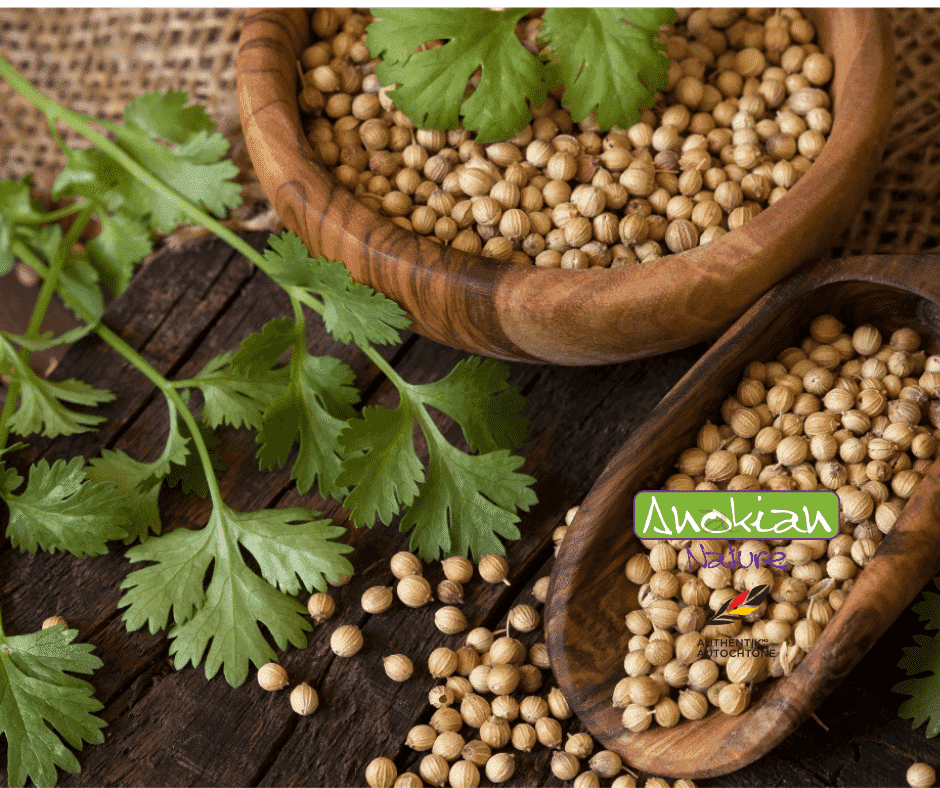Skip to product information










Seed | Coriander Santo
$3.99 CAD
Quantity
Coriander Santo is a superior variety known for its abundant foliage and excellent resistance to bolting. These seeds produce robust plants with aromatic leaves ideal for cooking.